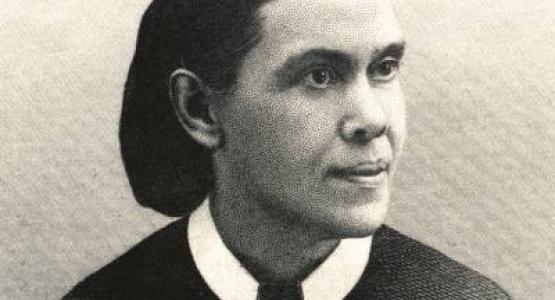
What’s a Woman’s Place in the Church?
What’s a Woman’s Place in the Church?
Story by Celeste Bylden Ryan
What is the role of God’s feminine creation in fulfilling the Great Commission? From 1857-1861, The Review and Herald published a series of articles that addressed this topic. Here are two excerpts and one from 1894:
In the 1858 article “Unity and Gifts of the Church, No. 4,” church co-founder James White directly addressed the oft-quoted prophecy of Joel 2:28-32:
“Some have excluded females from a share in this work, because it says, ‘your young men shall see visions.’ They seem to forget that ‘man’ and ‘men’ in the Scriptures generally means both male and female. The infidel Paine would have been ashamed of a quibble involving such ignorance” (The Review and Herald, Jan. 7, 1858, Vol. 11, No. 9).
In 1859 White’s contemporary B.F. Robbins wrote directly to women in an essay titled “To the Female Disciples in the Third Angel’s Message”:
“I know that most of us have been gathered into this message of the third angel from the sectarian churches where we received our religious training, which we now, in the clear light of God’s truth see was defective, both in doctrine and practice. … In some of them the prejudice against woman’s efforts and labors in the church have crushed out her usefulness. This kind of training has in many of you caused timidity, and discouragement, and the neglect of the use of the gifts designed to edify the church and glorify God.” (The Review and Herald, Dec. 8, 1859, Vol. 15, No. 3).
In June 1894 assistant editor G.C. Tenney attempted to address the many letters received in an article titled “Woman’s Relation to the Cause of Christ”:
“Considering the question from a broader standing, it will be seen at a glance that while it has ever been the work of the powers of dark¬ness to degrade woman, the work of the Bible has been to elevate her. The Bible and its reli¬gion is the great civilizing agent in this world, where the natural tendency is downward to destruction. Under Christianity, multitudes of women have been raised from the degradation of slavery to their rightful place by the side of him for whom she was created a help meet for him (not help-meet), that is, a fit companion. It was the work of the gospel to remove dis¬tinctions among men in race, nationality, sex, or condition. Paul declares that “there is nei¬ther Jew nor Greek, there is neither bond nor free, there is neither male nor female: for ye are all one in Christ Jesus” (Gal. 3:28). This text has a generic application; it is of universal force wherever the gospel reaches. In the light of such a statement, how can women be excluded from the privileges of the gospel?” (The Review and Herald, June 5, 1894, Vol. 71, No. 23).
Find links to all the full articles at columbiaunionvisitor.com/ordination.


Add new comment